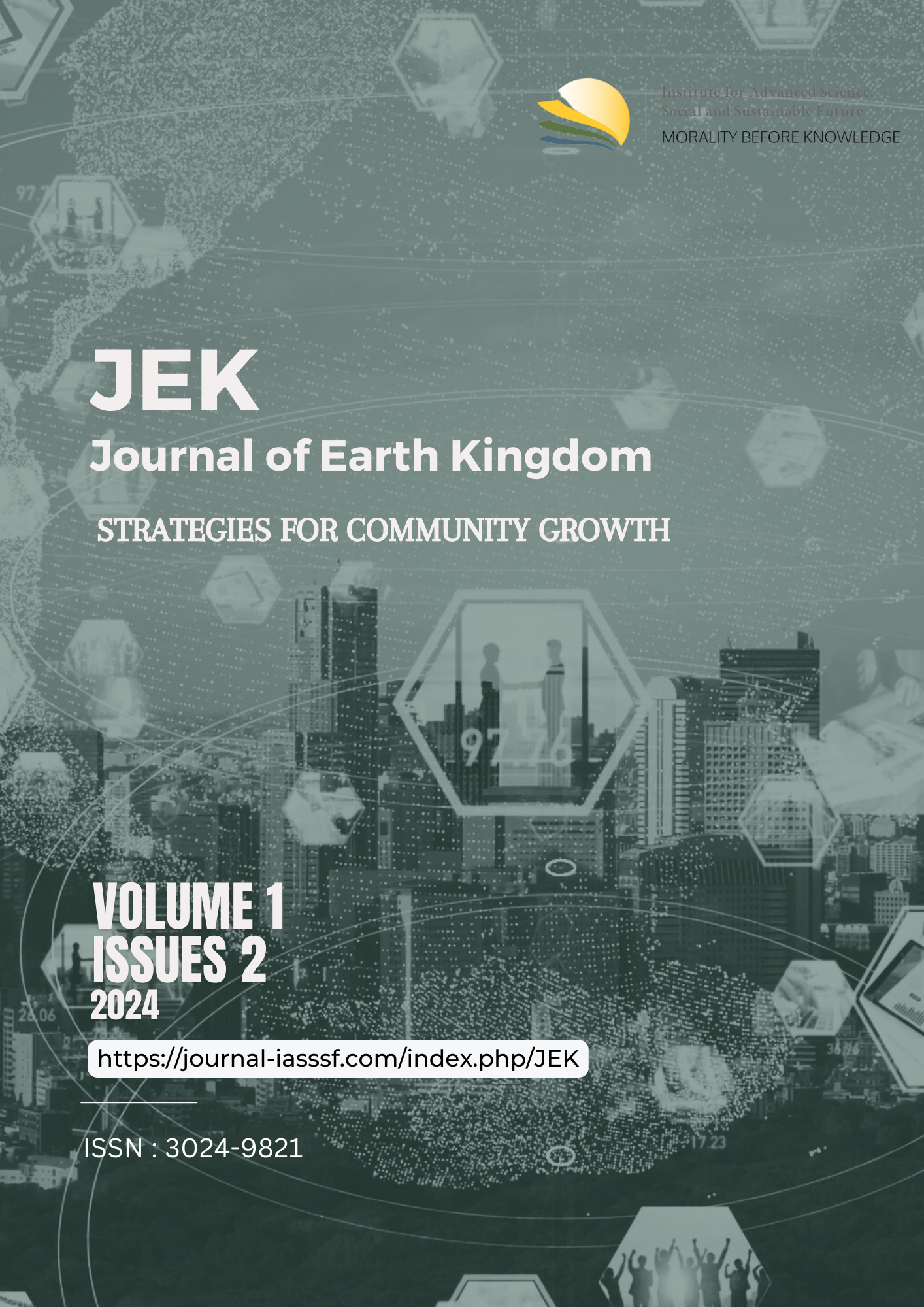Kajian pemanfaatan limbah ampas tahu dan sekam padi dengan perekat tapioka menjadi briket biomassa
DOI:
https://doi.org/10.61511/jek.v1i1.2024.282Keywords:
ash content, calorific value, moisture content, tofu residu, volatile matterAbstract
Energy is a crucial requirement for the survival of humans. The increasing demand for energy necessitates the exploration of alternative, renewable energy options. One potential avenue is the utilization of biomass energy from waste tofu residue to produce briquettes. Rice husk is chosen as an additive to enhance the calorific value of the briquettes. The objective of this research is to identify the properties of briquettes made from tofu residue and rice husk, including moisture content, ash content, volatile matter, and calorific value, in accordance with the standard (SNI–01-6235–2000). Briquettes are produced by combining tofu residue, rice husk, and tapioca flour in three variations: 30:20:17:33, 25:25:17:33, and 20:30:17:33, respectively. The research results, using ANOVA analysis, indicate that the composition of the mixture variations significantly affects the parameters of moisture content, ash content, volatile matter, and calorific value in laboratory tests. Furthermore, t-Test analysis reveals that the parameters that significantly meet the briquette standard according to SNI–01-6235–2000 are moisture content and calorific value. In conclusion, the composition of briquette mixture variations influences the test results, and the moisture content parameter significantly complies with the briquette standard according to SNI–01-6235–2000. However, ash content, volatile matter, and calorific value parameters do not yet meet the briquette standard according to SNI–01-6235–2000. Therefore, utilizing tofu residue as a renewable energy source in the form of briquettes could be considered, with some aspects requiring further refinement to meet the standard.
References
Indonesia, S. N. (2000). Briket arang kayu. SNI Nomor, 01-6235. http://sispk.bsn.go.id/SNI/DetailSNI/5750
____________, K. P. R. (2022). Analisis Perkembangan Harga Bahan Pangan Pokok, Barang Penting, Ritel Modern, Dan E-Commerce Di Pasar Domestik Dan Internasional. Kementerian Perdagangan. Jakarta. https://bkperdag.kemendag.go.id/referensi/analisishbp/view/eyJpZCI6ImYra3lNaUhic3oySGpmZDNWNUNzVXc9PSIsImRhdGEiOiJuMFhZIn0%3D
Nasional, D. E. (2019). Outlook Energi Indonesia 2014. Kementerian Energi dan Sumber Daya Mineral. Jakarta. https://www.esdm.go.id/assets/media/content/content-outlook-energi-indonesia-2019-bahasa-indonesia.pdf
Peraturan Menteri Energi dan Sumber Daya Manusia. (2006) “Pembuatan dan penggunaan bahan bakar padat berbahan dasar batubara”.
Sinurat, E. (2011). Studi Pemanfaatan Briket Kulit Jambu Mete dan Tongkol Jagung sebagai Bahan Bakar Alternatif, Tugas Akhir. Teknik Mesin, Universitas Hasanuddin, Makassar. https://adoc.pub/studi-pemanfaatan-briket-kulit-jambu-mete-dan-tongkol-jagung.html
Widodo, A. A. (2016). Pengaruh Tekanan Terhadap Karakteristik Briket Bioarang dari Sampah Kebun Campuran dan Kulit Kacang dengan Tambahan Minyak Jelantah (Doctoral dissertation, UII). https://dspace.uii.ac.id/bitstream/handle/123456789/2461/08%20naskah%20publikasi.pdf?sequence=14
Downloads
Published
How to Cite
Issue
Section
Citation Check
License
Copyright (c) 2024 Journal of Earth Kingdom

This work is licensed under a Creative Commons Attribution 4.0 International License.
















